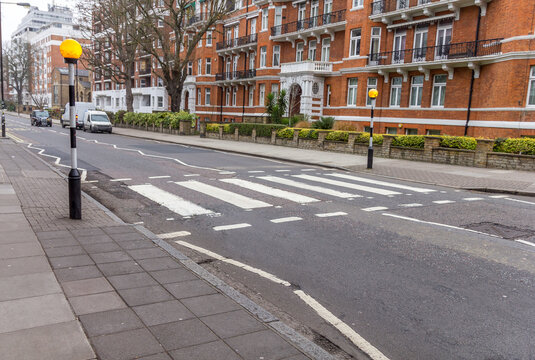Contact Us
RoadVision AI
Private Limited
Office No. 308 & 310, B Block
Ansal Chamber - 1, Bhikaji Cama Place,
Near Engineers India Limited (EIL) Bhawan, New Delhi - 110066
© 2024 | RoadVision AI | All rights reserved
In the UK, GD 300 – Enhanced All-Purpose Dual Carriageways is a crucial document under the Design Manual for Roads and Bridges (DMRB). It provides detailed guidance on designing high-performance dual carriageways, ensuring improved safety, efficiency, and accessibility. The latest updates reflect advancements in infrastructure technology and road safety measures, making it essential for planners, engineers, and policymakers.

Enhanced all-purpose dual carriageways are upgraded roadways designed to provide superior traffic management, reduce congestion, and enhance overall travel experience. They serve as a bridge between standard dual carriageways and motorways, offering improved features without full motorway restrictions.
GD 300 outlines several vital aspects for designing and implementing enhanced dual carriageways:
2. Traffic Flow Efficiency
3. Environmental Considerations
4. Accessibility & Public Transport Integration
The GD 300 document provides clear steps for integrating enhanced dual carriageways into the UK’s road network:
The implementation of GD 300-compliant roads brings multiple advantages:
The UK’s GD 300 sets the benchmark for modern road infrastructure, balancing safety, efficiency, and sustainability. By incorporating these guidelines, the nation can develop roadways that cater to the evolving demands of transport, ensuring a seamless and safer journey for all road users.
RoadVision AI is revolutionizing road infrastructure development and maintenance by leveraging cutting-edge AI in road safety and computer vision technology. Through advanced digital twin technology, the platform performs comprehensive road safety audits, enabling early detection of potholes, cracks, and other surface issues, ensuring timely repairs and improved road conditions. It also enhances traffic surveys by providing data-driven insights to address challenges like traffic congestion and optimize road usage. With a focus on building smart roads, RoadVision AI ensures full compliance with IRC Codes, empowering engineers and stakeholders to reduce costs, minimize risks, and improve the overall road safety and transportation experience.